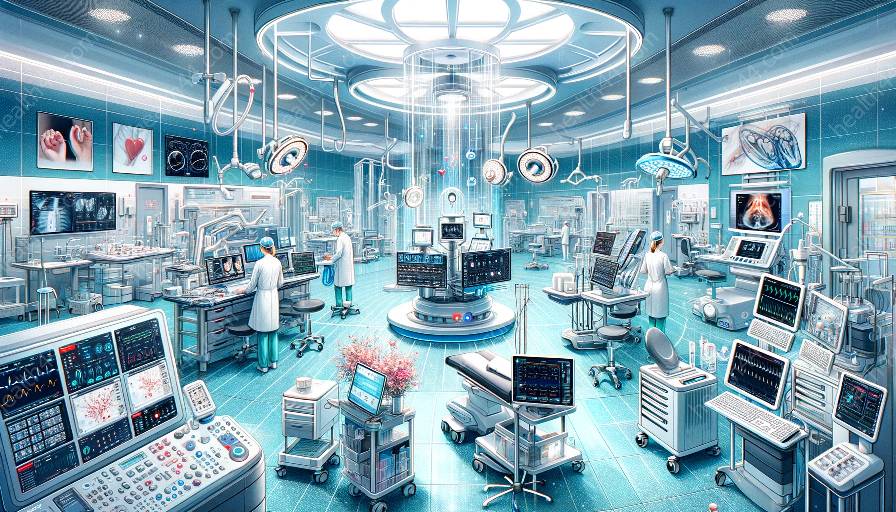Biotechnology has played a central role in revolutionizing the field of tissue engineering for medical implants, harnessing the power of living organisms and biological systems to create innovative solutions. This topic cluster will explore how biotechnology has transformed the development, production, and application of medical implants, combining the interdisciplinary advancements in biotechnology and medical devices to improve patient outcomes and quality of life.
The Role of Biotechnology in Tissue Engineering
Tissue engineering involves the application of biological and engineering principles to create functional substitutes for damaged or diseased tissues. Biotechnology has significantly impacted tissue engineering by providing advanced tools and techniques to design, manipulate, and fabricate living tissues for medical implants. Through the utilization of genetic engineering, cell culture technologies, and biomaterials, biotechnology has enabled the development of bioactive and biocompatible implants that can integrate seamlessly with the patient's body.
Advancements in Biomedical Materials
Biotechnology has led to a paradigm shift in the design and production of biomedical materials used for tissue engineering. With the ability to modify the genetic composition of cells and tissues, biotechnologists can tailor the properties of biomaterials to mimic the native extracellular matrix and enhance cellular interactions. This has resulted in the creation of scaffolds, hydrogels, and other biomimetic materials that promote tissue regeneration and support the growth of functional tissues for implantation.
Bioprocessing and 3D Bioprinting
The integration of biotechnology and medical devices has paved the way for advancements in bioprocessing and 3D bioprinting, enabling the precise fabrication of complex tissue structures for medical implants. Bioprocess engineering techniques, such as perfusion bioreactors and microfluidic systems, have been instrumental in cultivating large-scale, viable tissue constructs with intricate vascular networks. Furthermore, 3D bioprinting technologies have empowered researchers to create customized implants with spatial control over cell distribution and tissue architecture, offering personalized solutions for patients in need of specific tissue replacements.
Regenerative Medicine and Cell Therapy
Biotechnology has propelled the field of regenerative medicine by unlocking the therapeutic potential of stem cells and tissue-specific progenitor cells for medical implantation. Through genetic modification and tissue reprogramming, biotechnologists have enhanced the regenerative capacity of cells, allowing for the production of specialized cell populations that can contribute to tissue repair and reconstruction. This has led to breakthroughs in cell therapy approaches for repairing damaged tissues and organs, thereby offering new avenues for developing advanced medical implants with regenerative properties.
Biologically Integrated Implantable Devices
Biotechnology has facilitated the development of biologically integrated implantable devices that harness the natural biological processes within the body to promote healing and tissue regeneration. By leveraging biocompatible materials and bioactive coatings, these advanced medical implants actively interact with the host environment, modulating cellular responses and signaling pathways to facilitate tissue integration and functional restoration. This integration of biotechnology and medical devices has paved the way for smart implants that can adapt to dynamic physiological conditions and provide continuous feedback for personalized patient care.
Challenges and Future Directions
Despite the remarkable progress brought about by biotechnology in tissue engineering for medical implants, several challenges persist, including regulatory considerations, scalability of manufacturing processes, and long-term implant performance. However, ongoing research efforts are focused on addressing these challenges through the development of standardized protocols, advanced characterization techniques, and sustainable bioprocessing strategies. The future of tissue engineering and medical implants holds tremendous promise, with biotechnology serving as a cornerstone for driving continued innovation and transforming patient care.


